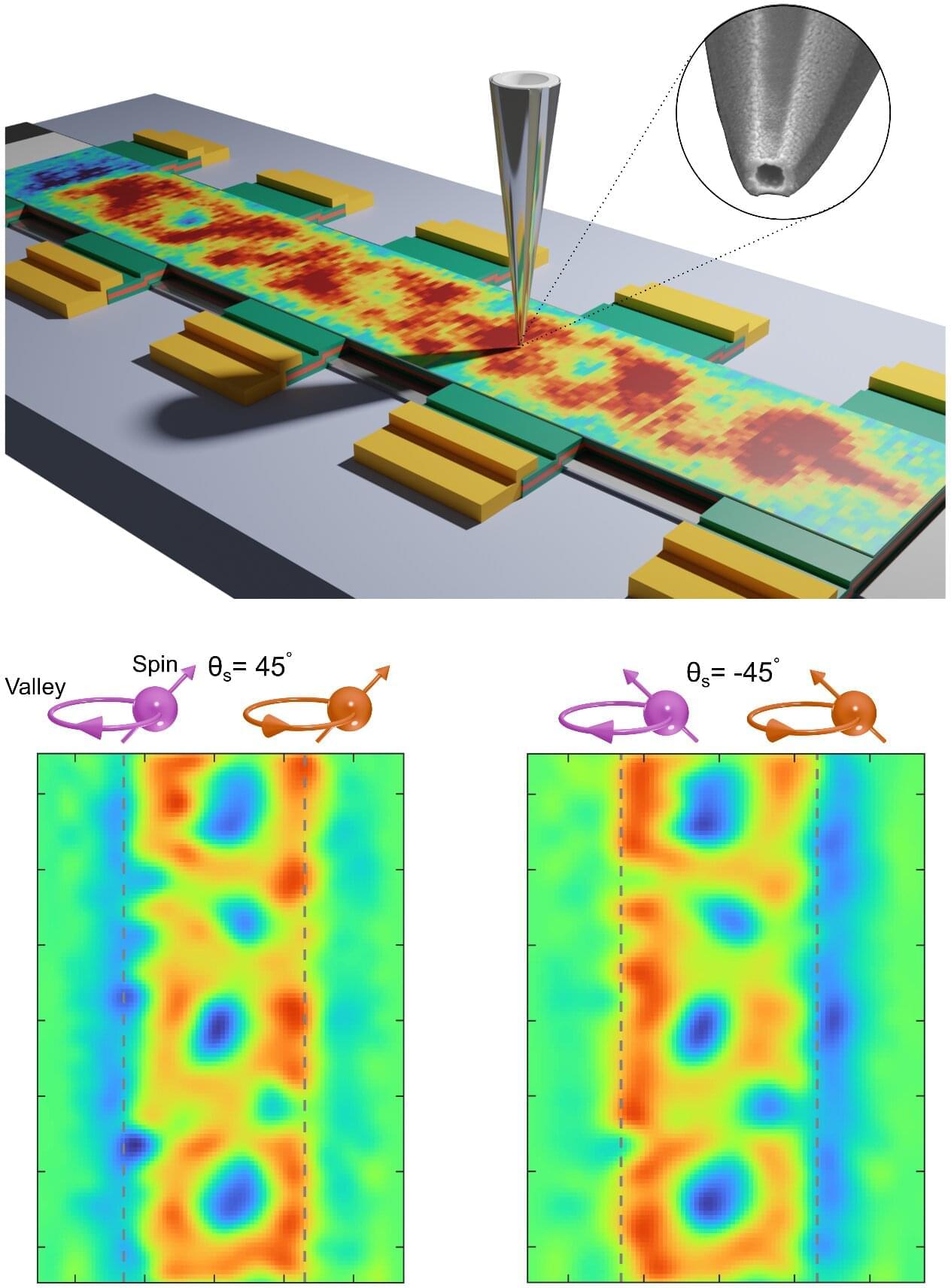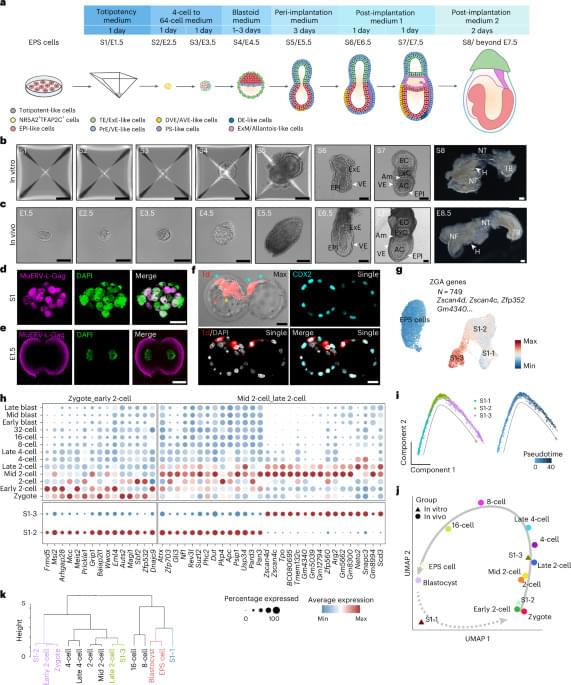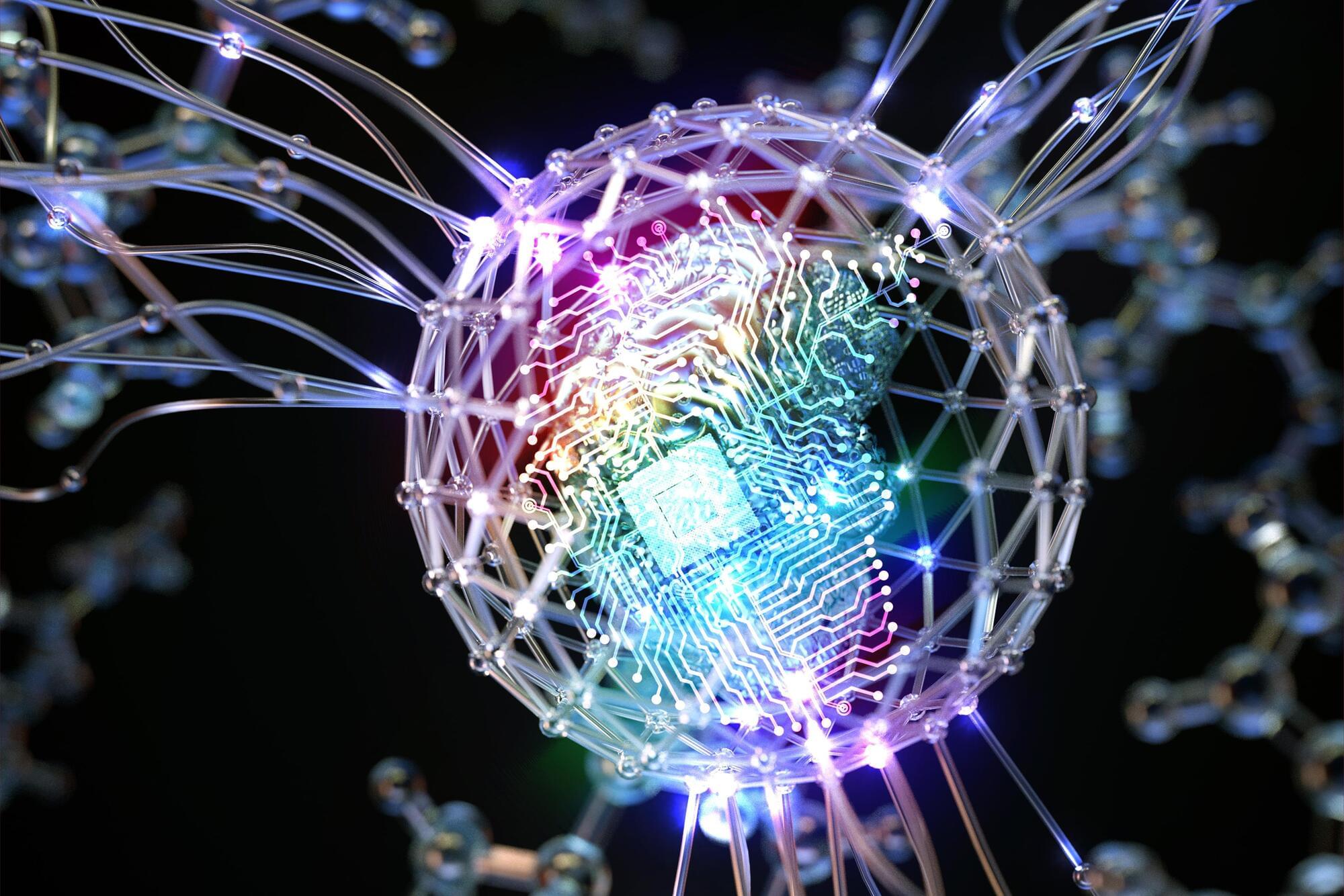Physicists found a way to bring quantum simulations from supercomputers to laptops.



Join Adam Perella and I at the Schellman AI Summit on November 18th, 2025 at Schellman HQ in Tampa Florida.
Your AI doesn’t just use data; it consumes it like a hungry teenager at a buffet.
This creates a problem when the same AI system operating across multiple regulatory jurisdictions is subject to conflicting legal requirements. Imagine your organization trains your AI in California, deploys it in Dublin, and serves users globally.
This means that you operate in multiple jurisdictions, each demanding different regulatory requirements from your organization.
Welcome to the fragmentation of cross-border AI governance, where over 1,000 state AI bills introduced in 2025 meet the EU’s comprehensive regulatory framework, creating headaches for businesses operating internationally.
As compliance and attestation leaders, we’re well-positioned to offer advice on how to face this challenge as you establish your AI governance roadmap.
Cross-border AI accountability isn’t going away; it’s only accelerating. The companies that thrive will be those that treat regulatory complexity as a competitive advantage, not a compliance burden.

Microrobots, small robotic systems that are less than 1 centimeter (cm) in size, could tackle some real-world tasks that cannot be completed by bigger robots. For instance, they could be used to monitor confined spaces and remote natural environments, to deliver drugs or to diagnose diseases or other medical conditions.
Researchers at Seoul National University recently introduced new modular and durable microrobots that can adapt to their surroundings, effectively navigating a range of environments. These tiny robots, introduced in a paper published in Advanced Materials, can be fabricated using 3D printing technology.
“Microrobots, with their insect-like size, are expected to make contributions in fields where conventional robots have struggled to operate,” Won Jun Song, first author of the paper, told Tech Xplore. “However, most microrobots developed to date have been highly specialized, tailored for very specific purposes, making them difficult to deploy across diverse environments and applications. Our goal was to present a new approach toward creating general-purpose microrobots.”

Identifying the neural mechanisms that support the regulation of vital physiological processes, such as drinking, eating and sleeping, is a long-standing goal within the neuroscience research community. As the disruption of these processes can severely impact people’s health and everyday functioning, uncovering their neural and biological underpinnings is of the utmost importance.
New insights gathered by neuroscientists could ultimately inform the development of more effective interventions designed to regulate vital physiological processes. Thirst and hunger are known to be regulated by homeostatic processes, biological processes that allow the body to maintain internal stability.
Yet drinking behavior can also be anticipatory, which means that animals and humans often adjust their actions (i.e., stop drinking) before the concentration of substances in the blood changes in response to drinking water. The mechanisms through which the brain predicts when it is the right time to stop drinking remain poorly understood.


Graphene, which is comprised of a single layer of carbon atoms arranged in a hexagonal lattice, is a widely used material known for its advantageous electrical and mechanical properties. When graphene is stacked in a so-called rhombohedral (i.e., ABC) pattern, new electronic features are known to emerge, including a tunable band structure and a non-trivial topology.
Due to these emerging properties, electrons in rhombohedral graphene can behave as if they are being influenced by “hidden” magnetic fields, even if no magnetic field is applied to them. While this interesting effect is well-documented, closely studying how electrons organize themselves in the material, with their spins and valley states pointing in different directions, has so far proved challenging.
Researchers at Weizmann Institute of Science recently set out to further examine the local magnetization textures in rhombohedral graphene, using a nanoscale superconducting quantum interference device (nano-SQUID). Their paper, published in Nature Physics, offers new insight into the physical processes governing the correlated states previously observed in the material.



Manufacturing better batteries, faster electronics, and more effective pharmaceuticals depends on the discovery of new materials and the verification of their quality. Artificial intelligence is helping with the former, with tools that comb through catalogs of materials to quickly tag promising candidates.
But once a material is made, verifying its quality still involves scanning it with specialized instruments to validate its performance — an expensive and time-consuming step that can hold up the development and distribution of new technologies.
Now, a new AI tool developed by MIT engineers could help clear the quality-control bottleneck, offering a faster and cheaper option for certain materials-driven industries.
